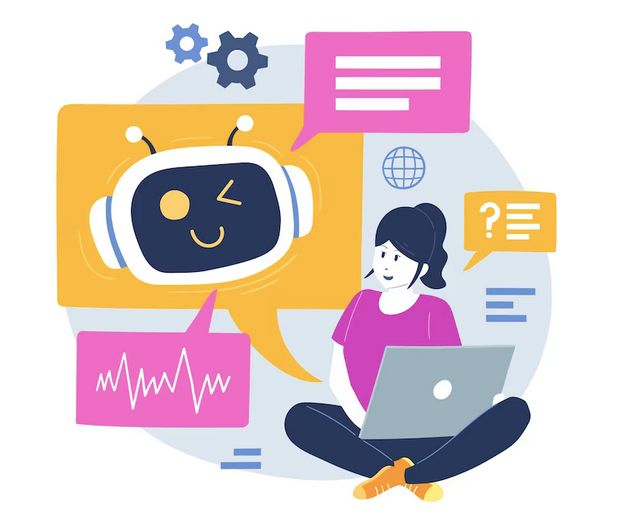Modeling and Scaffolding Using AI in Language Teaching
By Willy Renandya, 24 Aug 2024
Modeling and scaffolding are crucial pedagogical strategies in language teaching, offering a structured approach to guiding students through the learning process.
Modeling involves the teacher demonstrating how to perform a task or understand a concept before asking students to do it themselves. This could be through speaking, writing, or any other form of communication. By observing a clear example, students gain a concrete understanding of what is expected, which helps them to replicate the skill or knowledge on their own.
Scaffolding, on the other hand, is the support that a teacher provides to students as they learn new concepts or skills. This support is gradually reduced as students become more proficient, allowing them to develop independence. Scaffolding ensures that students are not overwhelmed by the complexity of a task, giving them confidence as they progress.
With sufficient modeling and scaffolding, students are better equipped to engage in independent learning. They are more likely to succeed in tasks such as writing essays or giving oral presentations, as they have a solid foundation to build upon.
Integrating AI into Modeling and Scaffolding
The use of AI in language teaching can enhance modeling and scaffolding by making these processes more efficient and tailored to individual needs. AI can provide students with instant examples and feedback, adjusting its support based on each student’s progress. This adaptability allows students to learn at their own pace, receiving the help they need exactly when they need it.
For instance, if you are teaching students how to write a job application letter, AI can generate several sample letters in seconds. This gives students a variety of models to study, helping them understand the structure, organization, and content typical of such letters.
Here’s an example of how you might use AI in your classroom:
Suppose you want to provide model texts of a job application letter. You can ask an AI tool to generate 3 or 4 sample application letters, each with slight variations in tone, format, or content. This allows students to see different approaches to writing the same type of document, helping them understand the flexibility they have when crafting their own letters.
Click on the link below to see sample texts generated by Gemini:
https://g.co/gemini/share/d4520b379c84
If the sample texts are too sophisticated, you can ask Gemini to revise them using less complex language. You can do this several times until you are satisfied with the generated texts.
Students can then familiarize themselves with these model texts, paying close attention to their structure, organization, and content. More importantly, you can guide students to focus on key language features associated with this type of text, such as the style, tone, appropriate salutations, paragraphing and perhaps more importantly, the language features used in the letters (e.g., the words, phrases, sentences etc.)
Conclusion
By incorporating AI into modeling and scaffolding, language teachers can offer more personalized and effective learning experiences. AI not only speeds up the process of providing examples and support but also adapts to the needs of each student, helping them develop the skills and confidence to learn independently. As a result, students are better prepared to apply their language skills in real-world contexts, demonstrating their learning through well-constructed essays and confident oral presentations.
More interesting blogs

